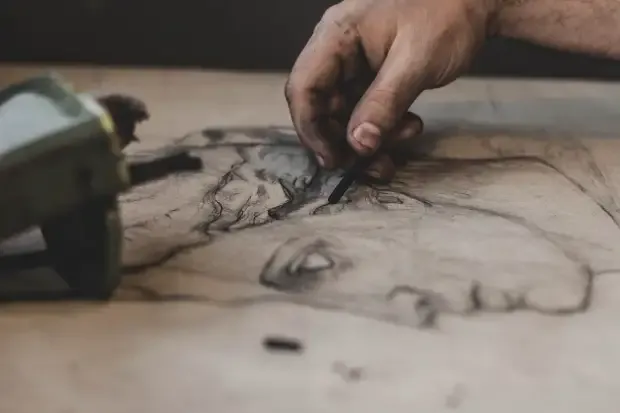Follow these simple steps and you’ll greatly improve your drawing skills!

Do you want to improve your drawing skills? When it comes to making art, the more we draw the better we get. Drawing is like a muscle. The more we exercise it (and practice), the stronger and better our drawings will be. As you probably know, if we don’t regularly use a skill or keep at something we’re not very good at then we lose that skill or use it less often. Well, that goes for drawing too.
Set reasonable goals for improvement.
If you want to enhance your sketching talents, you should set reasonable goals for yourself. More particular, you should strive for consistent and reproducible progress. No one ever draws a perfect picture every time they sketch. Taking modest steps one day at a time until your art becomes a masterpiece is how you improve.
Learn to draw on a regular basis. It's a great self-discipline skill that will help you develop your artistic abilities. You must constantly practice new techniques and draw from life, not simply from paintings and sketches in your art class, if you want to become a truly great artist. Regular practice has been found in studies to produce better results than haphazard effort. Starting developing reasonable goals for yourself will assist you overcome procrastination resistance.
Do It Every Day!
You should draw something every day. Draw as much as you can, whether it's an image, a graph, or just a line and a splash of color. Throughout the day, continue to add to your drawings. It will be easy and silly at first, but as you practice your talents, you will become better at it. You'll soon be able to tell when your drawing has improved and desire to work on it even more.
Drawing can help you improve your hand-eye coordination and give you a better knowledge of how lines, colors, and weight combine in pictures. You might be amazed at how much time you can add to your drawing routine by spending just a few minutes each day. Drawing is a difficult skill to master and learning to draw a picture does take time and patience. You must make an effort whenever you start a new piece of artwork, no matter how small or simple it may seem.
Practice Understanding Proportion
When it comes to drawing, the proportion is one of the most important principles. It means that the relative sizes of the objects in your drawing are accurate. Proportion can be pretty difficult to master, especially when you’re trying to draw things in perspective.
Drawing something is the first big challenge you'll face. If you study the laws of perspective, it will become clear that everything has different relative proportions based on its distance from you. There are no "make-it-scale-up" instructions for getting proportions right since they vary depending on how close you are to something. Proportions are important in all types of drawing, such as realistic drawing, cartooning, and digital art. Learning proportions can be hard, but with enough study and practice, you can get a good grasp of it.
Don't Compare Yourself to Other Artists or Artworks
It's not smart to compare yourself with other artists or artworks. You'll just set unrealistic expectations for your work. Instead, focus on what attracted you to an artwork in the first place. It can also cause you to feel "not good enough" when comparing yourself to others.
There is a common myth in the art world that you need to be "better" than other artists or to rival them in some way. Drawing a comparison or trying to measure up to your competitors is a sign of insecurity and frustration. It can be harmful to your creative growth if you focus on trying to be better than others instead of just enjoying what you do. Looking at other artists can result in self-doubt and a lack of confidence in your abilities.
To improve at drawing, you need to practice frequently. You should also try to get critiques from other people who can see your work before you decide if it's good enough to share with the world. You shouldn't be afraid to take critique either; it's an opportunity to learn more about your work and improve. You'll also want to find a style that fits you. There are varying levels of difficulty when it comes to drawing, so it depends on how much you've been drawing and how good of an artist you think you are.
Thanks for the upvote😍
